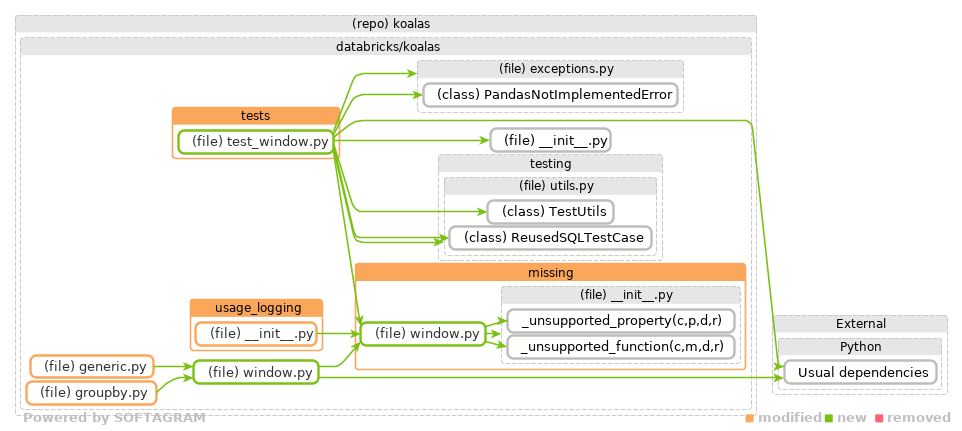One of the things I’ve been thinking about a lot off and on is how we can use metrics of some kind to measure change, are we going backwards or not? This is in the context of a large, legacy code base which we are improving. Most of the code is C++ with a C heritage. Some new functions and the GUI are written in C#.
To start with, we could at least be checking if the simple complexity level was changing over time in the code. The difficulty is in having a representation – we can maybe do a 3D surface where a 2D map represents the code and we have a heat-map of color representing complexity with the 3D surface bulging in and out to show change.
Once you can generate some matrics of numbers there are a ton of math systems around to take care of stuff like this.
Over time, I'd like to have more sophisticated numbers in there but the same visualisation techniques used to represent change.
I like the idea in Crap4j of focusing on the ratio between complexity and number of unit tests covering that code.
I'd also like to include Uncle Bob's SOLID metrics and some of the Chidamber and Kemerer OO metrics. The hard part is finding tools to generate these for C++. The only option seems to be Krakatau Essential Metrics (I have no objection to paying for tools). My desire to use the CK metrics comes partly from the books Object-Oriented Metrics:Measures of Complexity by Henderson-Sellers and the earlier Object-Oriented Software Metrics.
If we start using a number of these metrics we could end up with ten or so numbers that are varying across time. I'm fairly ignorant of statistics but it seems it could be interesting to track a bunch of such metrics and then pay attention to which ones tend to vary.
Note that a related question is about measuring code quality across a large code base. I'm more interested in measuring the change.



